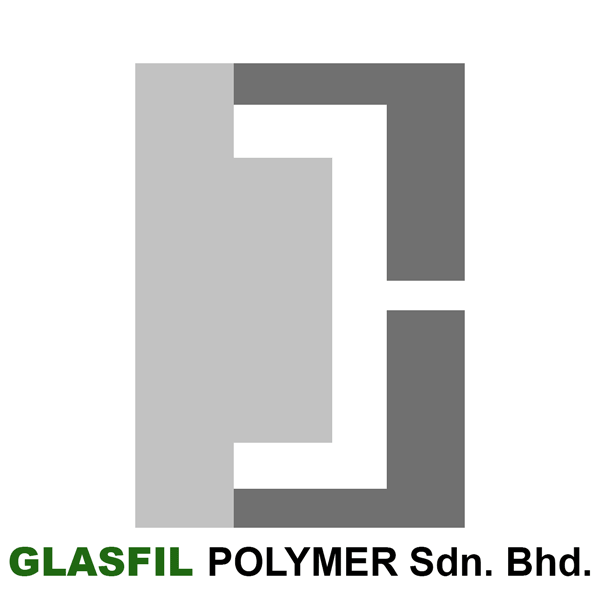Plastic Injection Molding commonly used in the manufacturing process for plastic fabrication.
Plastic Injection Molding commonly used in the manufacturing process for plastic fabrication. At Glasfil Polymer, plastic injection molding is one of the technologies that has been used in our production to develop a wide variety of products.
Our specialized injection moulding technology includes:
- Insert moulding
- Horizontal moulding
- Gas Assisted Injection Moulding
There are three crucial elements in injection molding:
- The injection molding machine
- Raw material (plastic)
- Mold
The Injection Moulding Cycle
Clamping
Before the material is injected into the mold, the two halves of the mold must first be securely closed by a clamping unit. Each half of the mold is attached to the injection molding machine and one half is allowed to slide. The hydraulically powered clamping unit pushes the mold halves together and exerts sufficient force to keep the mold securely closed while the material is injected.
Injection
The raw plastic material, usually in the form of pellets, is fed into the injection molding machine, and advanced towards the mold by the injection unit. During this process, the material is melted by heat and pressure. The molten plastic is then injected into the mold very quickly and the buildup of pressure packs and holds the material. The amount of material that is injected is referred to as the shot.
Cooling
The molten plastic that is inside the mold begins to cool as soon as it makes contact with the interior mold surfaces. As the plastic cools, it will solidify into the shape of the desired part.
Ejection
After sufficient time has passed, the cooled part may be ejected from the mold by the ejection system, which is attached to the rear half of the mold. When the mold is opened, a mechanism is used to push the part out of the mold.


*Drag the divider to see the difference.
Gas Assisted Injection Moulding

Nitrogen is an inert, dry, non-toxic and odourless gas and its ability to contact melts at high temperatures without introducing oxidation or splay makes it suitable to be used for GAIM.
The basic process of GAIM is very similar to regular injection moulding where the injection moulding machine melts down the raw plastic material then injects it into the mould. However in GAIM the injection takes up until the mould is only 70% full. Then from a separate entry point, pressurised gas is injected into the mould as the part is cooling.
The gas flows through strategically placed gas channels to displace the material in the thick areas of the part by forming hollow sections. This forces the still molten plastic up against mould walls, where it cools and hardens into your plastic product. The pressure is released from the gas, and then the mould is ejected like a regular injection moulded part.
Advantages of GAIM include:
- Shorter cycle time (up to 30%)
- Higher measurement accuracy
- Low investment cost
- Less clogging of piping by plastic residues
- Less maintenance